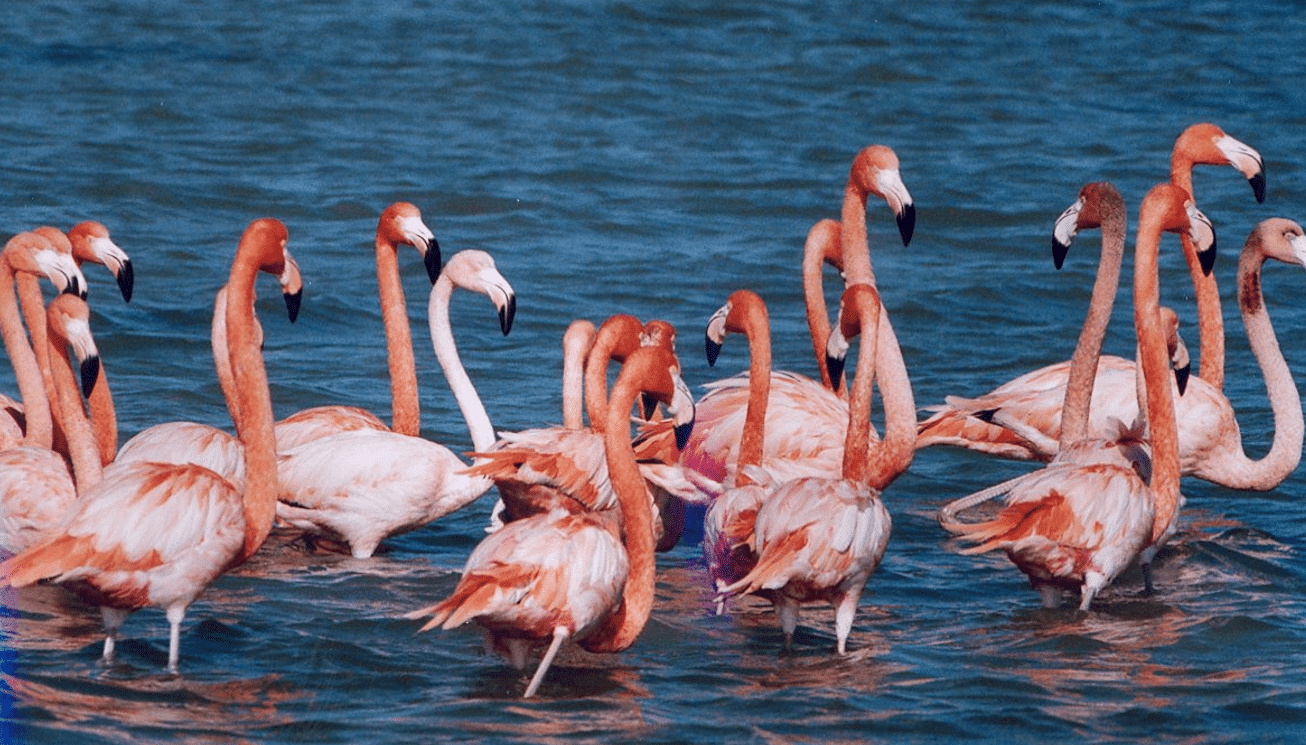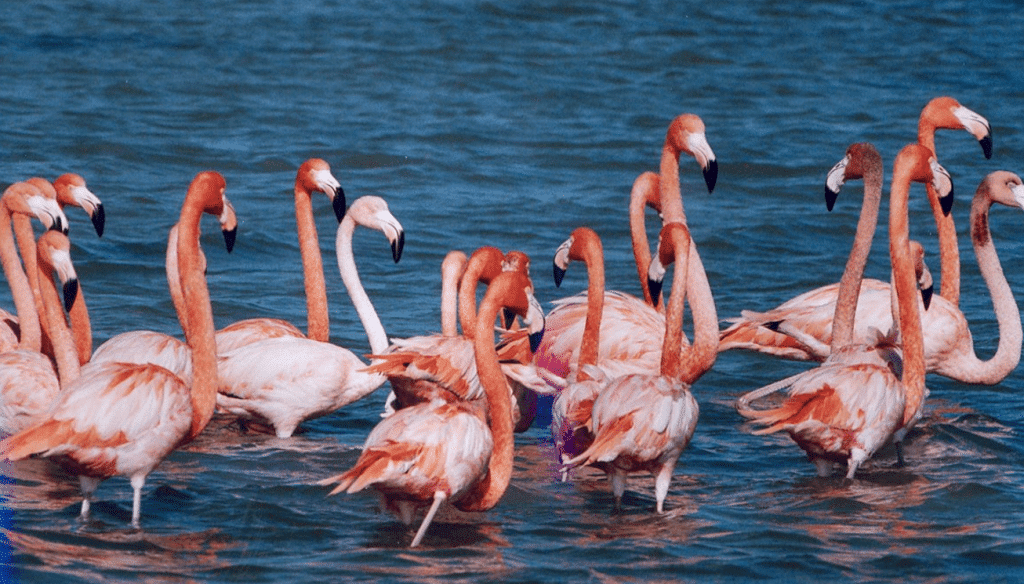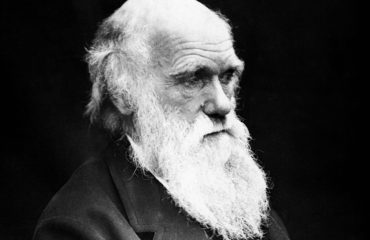

The United Nations COP26 Climate Change Conference came to a close on November 13, after two weeks of discussions of world leaders, activists, and experts. It made the headlines throughout the two weeks as the world faces a climate crisis. The final document, also known as Glasgow Climate Pact, underlined the importance of taking concrete steps to solve the crisis. If all 197 countries that signed the final pact will keep their promises, the increase in world surface temperatures can be kept at 2.4 degrees Celsius. We’ll see… Meanwhile, we will certainly observe devastating weather conditions along the way because the climate crisis becomes more visible every day regardless of the promises that the countries are kept.
The North Pole is melting
According to the newly published research of McCrystall et al. (2021), the climate crisis is heating the northern ice cover of the planet while causing the weather in the Arctic to change the precipitation pattern and precipitation regime. Today, more snow falls on the North Pole than it rains. The research predicts that if the world warms by 3 degrees before the end of this century, snowfall will not be a regular weather event as the entire region will receive more rain than snow. It means that the North Pole will melt away.
What will happen if the North Pole melts?
The displacement of snowfall by rain will rapidly melt the glaciers, causing the sea level to rise. Thus, the geography of the world will change in the near future. Many islands in the Pacific Ocean, together with their organisms, are already underwater without our knowledge, and dozens more that we do not know will be underwater.
Coastlines will be submerged, while coastal cities will be under threat of flooding. Agricultural activities will be interrupted. Non-renewable groundwater reserves will be depleted. In the landlocked regions of the northern hemisphere, drought will become widespread. There will be more wildfires. Food production will be threatened. The biodiversity crisis will escalate with extinctions 1,000 times faster than in a non-human world.
What I have written may be perceived as doomsday scenarios. However, it is possible that it will happen when we make future predictions by observing current affairs.
The results of researches show that even if the global temperature increase stays between 1.5 degrees Celsius and 2 degrees Celsius, the polar region will remain dominated by rain under all conditions.
Black Sea coasts are also under threat
Scientists were shocked when they observed a record amount of rainfall on Greenland’s massive ice cap in August of this year. This was not something that had been seen before. The results showed that the transition from snow to rain would occur faster than previously anticipated. For example, the rain will become the dominant weather event in the Arctic autumns by 2060 or 2070, unless carbon emissions are reduced by 2090, as predicted in previous models. The most important effect is that the rapid warming in the Arctic may cause a change in the so-called “jet stream”, which will cause increasing extreme weather events such as floods and heatwaves in Europe, Asia, and North America. Since this situation will cause the seawater temperature to increase, evaporation will increase in seas like the Black Sea, where warming is fast. As a result, the incidence of floods, storms and hurricanes will increase in geographies bordering these seas. Therefore, Turkey’s Black Sea coasts are under threat due to the climate crisis.
The Arctic is a kind of climate assurance for the world
The polar region has layers of snow and ice. For this reason, it reflects the light from the sun to the world. This way, it prevents the warming of ocean and sea waters and ensures that the world’s surface temperatures remain in balance. That is, it functions as a kind of insurance against the earth’s warming. Suppose the polar region disappears entirely as the warming increases. In that case, the precipitation pattern will change worldwide, and snowfall will gradually decrease and perhaps wholly disappear from our lives. Rains, on the other hand, will become more widespread than expected. Snowfalls contribute to sea ice production every winter in the arctic region. So less snow means less ice and more heat being absorbed by the oceans. McCrystal et al.’s research shows that rain increases on Greenland’s south coast. The increase in question will harm the world in general, especially for the scenarios I have listed above.
How does the climate crisis affect Turkey?
We have just mentioned the Black Sea coast. But the threat is not limited to the Black Sea. For example, drought is a critical problem for our country, but unfortunately, the decision-makers are not aware of it.
Before the start of COP 26, we drew attention to the drying up lakes of Turkey with the BBC Turkish. At least 20 percent of the 300 lakes in Turkey have recently dried up. Many lakes in the Lake District no longer exist. For example, Salt Lake is about to disappear due to the depletion of groundwater due to human population growth, global warming, and changing agricultural practices.
The melting in the polar region due to global warming creates a domino effect worldwide. In Turkey, not only do lakes dry up, but our country’s biodiversity is also rapidly disappearing. Flamingos can no longer survive in Salt Lake as they used to. Dozens of our bird species, visitors to our dried-up lakes, are now looking for a place in other geographies. Those who do not have a chance to search for a place are also disappearing fast.
The point we have reached is not encouraging at all. Turkey ratified the Paris Climate Agreement almost at the last moment, but this is not enough. Aside from the necessity to abide by the decisions taken at the COP 26 climate meeting, we have so much responsibility that we cannot waste a second to act.


